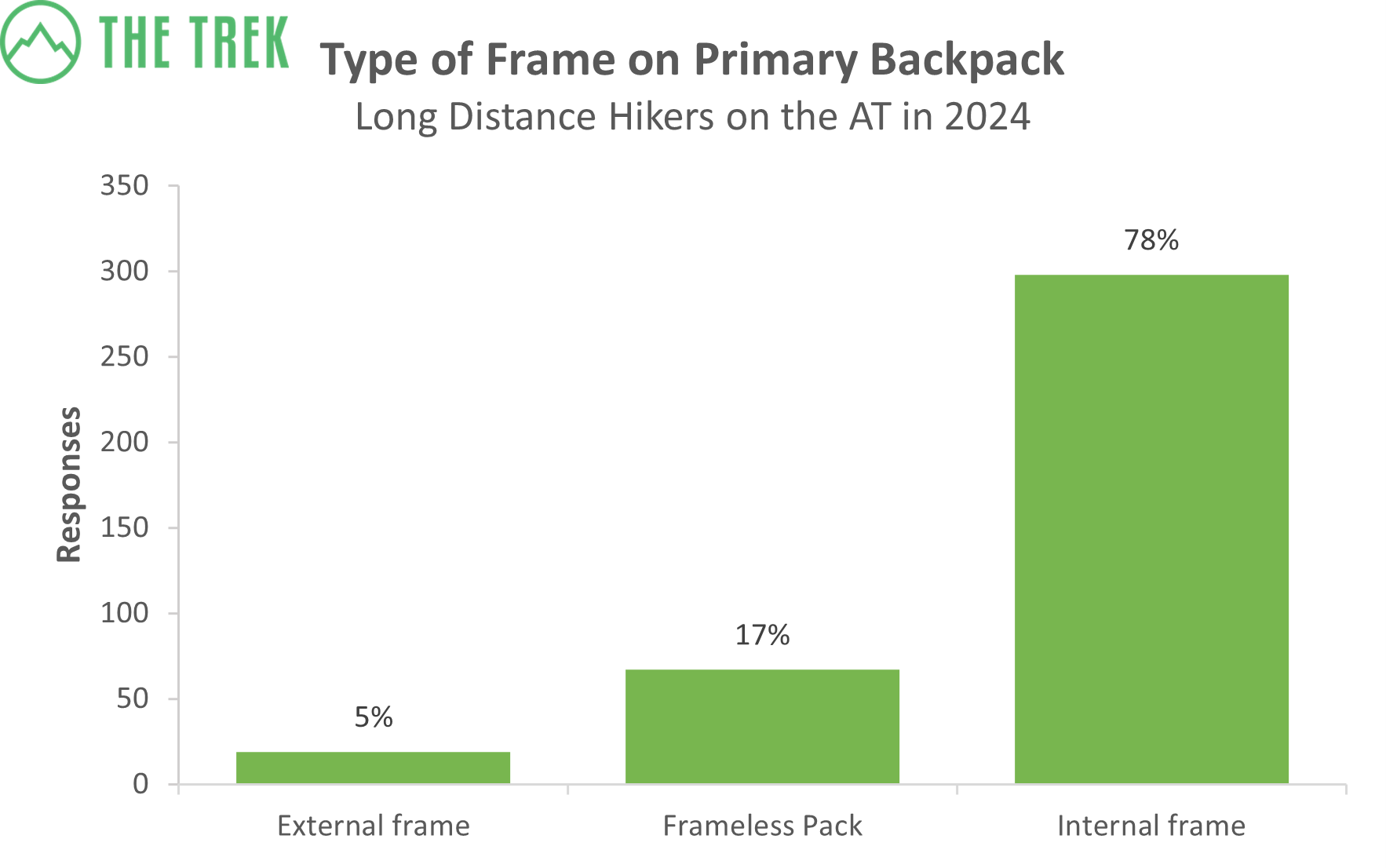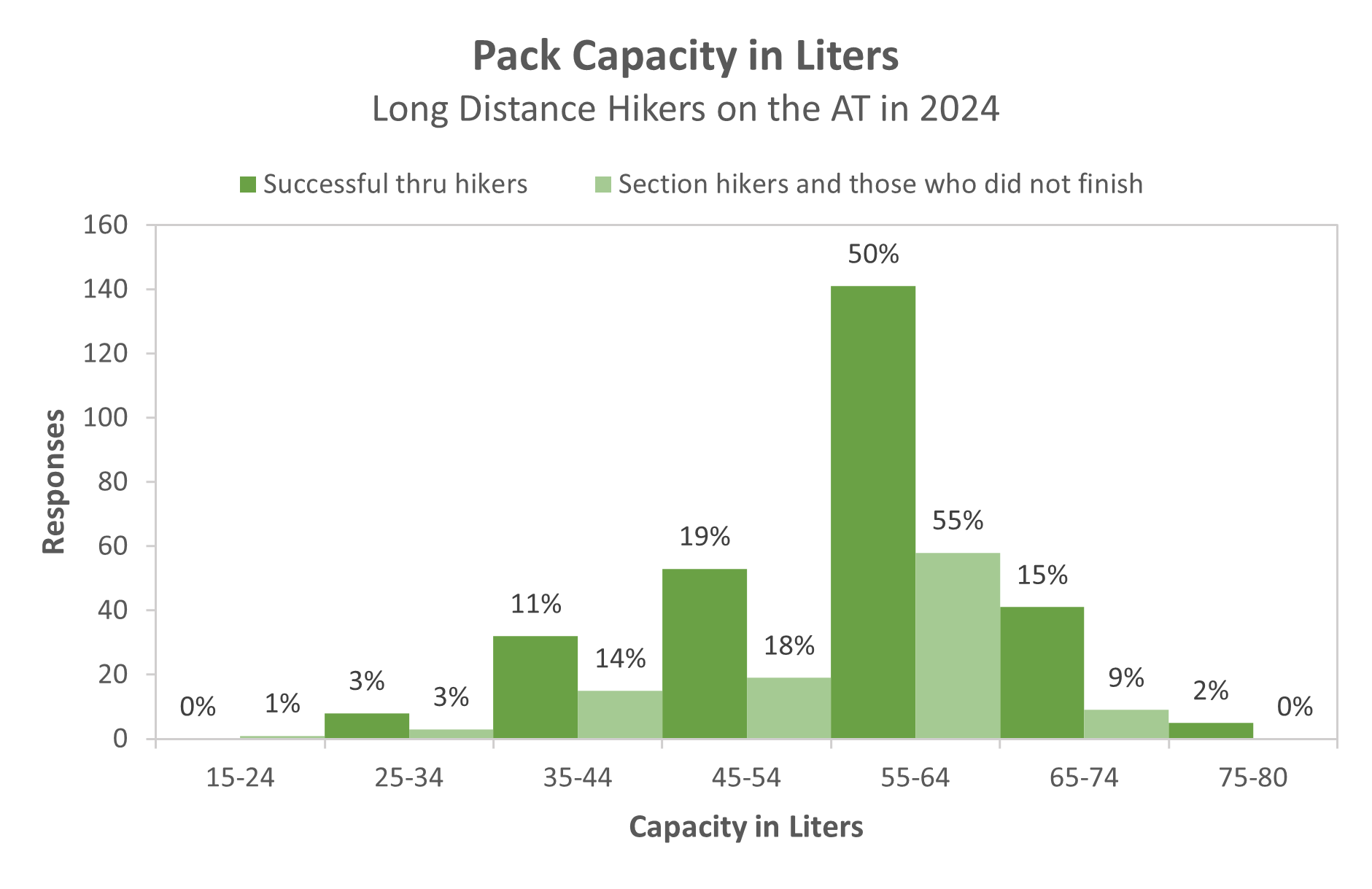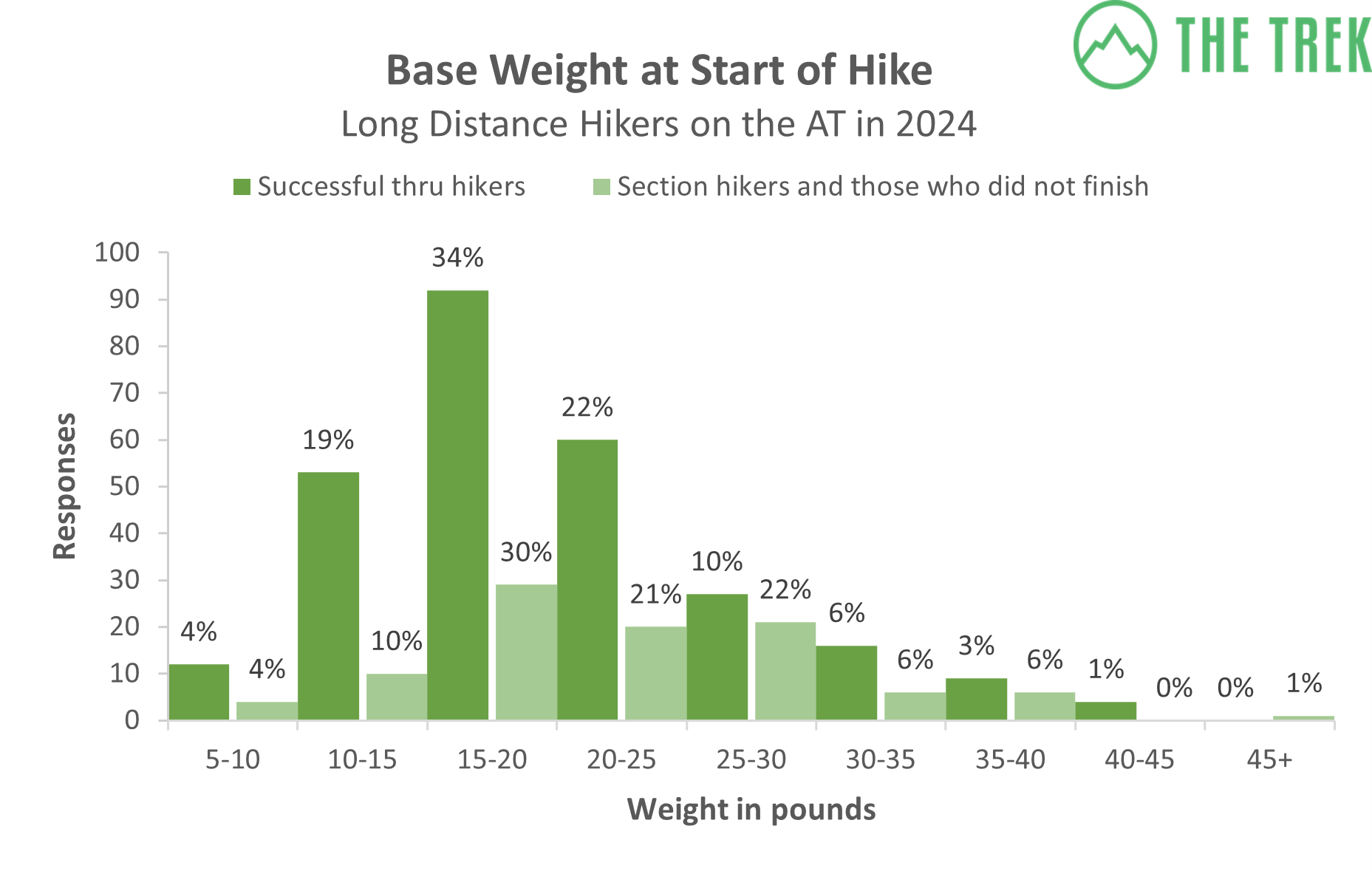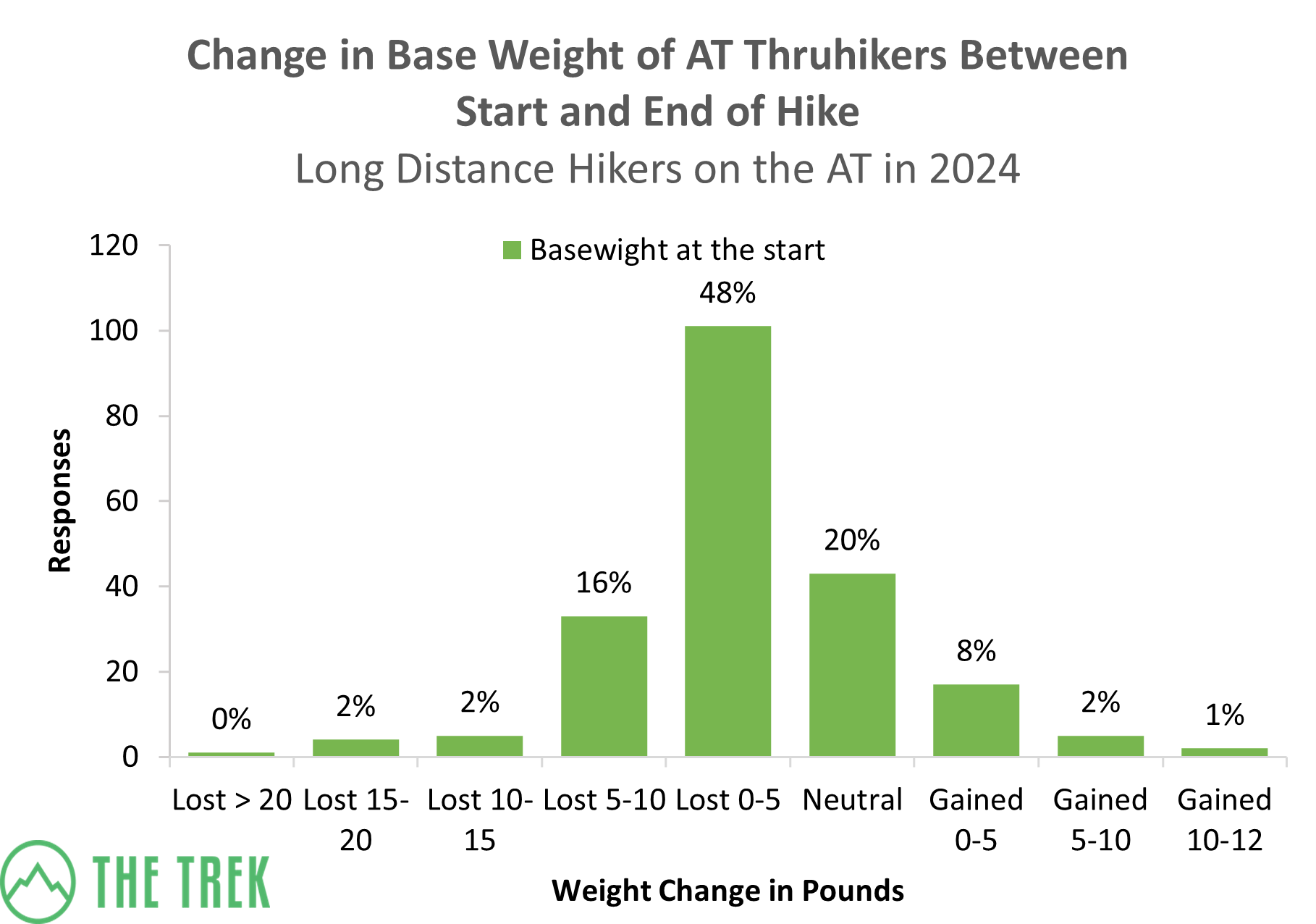Top Backpacks on the Appalachian Trail: 2024 Thru-Hiker Survey
In this next installment of the 2024 Appalachian Trail survey, we’re covering everything about backpacks! We take a look at the frame type and capacity hikers chose as well as their base weights and how they changed. As always, we’ll go over the top brands and models of packs that were used on the trail this year.
This year we collected 389 responses — a huge thanks to everyone who filled out the survey! The data was collected from October through November of 2024 through our survey, which was marketed using our social media platforms, Backpacker Radio, and TheTrek.co. Some responses from previous years were removed, and obvious mistakes in start and end dates were adjusted. No obvious duplicates were found.
Frame Type
Internal frame packs have been the most popular type of pack on trail for quite some time. Frameless packs have gained popularity since we started this survey 10 years ago, but the numbers have been largely stable for the past few years. Frameless pack users are only up 1% this year over last year’s 16%. Hikers using external frame packs are up 2% this year compared to last year’s 3% of hikers.
Hikers Who Switched Packs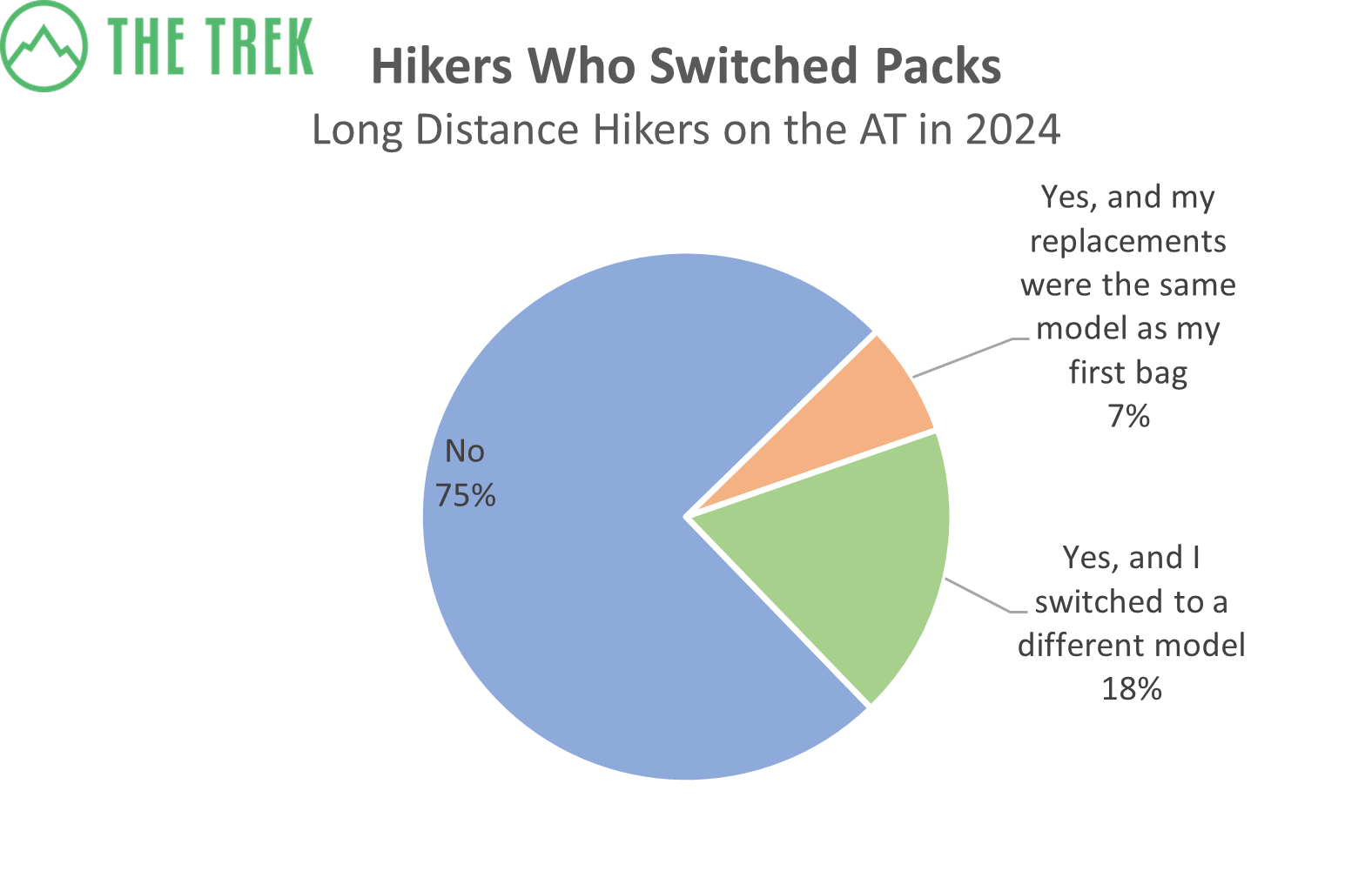
Packs aren’t commonly exchanged during a thru-hike: 75% of hikers this year kept the same pack throughout their hike. Of those who did switch, most chose a different model for their replacement pack. In comments we received, many people who switched cited poor fit as their reasoning to change model or brands. Some of those who replaced their pack with the same model mentioned using warranty coverage for replacement.
Capacity
The most popular pack size once again fell between 55 and 64 liters by a huge margin. Exactly half of thru-hikers (and more than half of section hikers) used a pack of that size. For thru-hikers, the backpack capacities ranged from 28-80 liters. For section hikers, the range was 20– 70 liters.
Base Weight
We asked hikers what their base weight (the weight of all their gear minus worn items and consumables such as water and food) was at the beginning and end of their hikes.
Across all hikers surveyed, the most common range of starting base weights was 15-20 pounds, with 34% of thru-hikers and 30% of section hikers falling in that range. The spread across the weight ranges is similar to last year. You’ll notice that the majority of hikers — particularly thru-hikers — are clustered toward the lighter end of the scale, particularly for thru hikers.
The range of base weights for thru-hikers at the start of their hike this year was 8-45 pounds, with an average of 20.4 pounds. For section hikers, the range was 7-60 pounds, with an average of 16.9 pounds.
This year we wanted to highlight the change in base weight for thru-hikers by the end of their hike, instead of just their ending base weight. Over two-thirds of hikers lowered their base weight over the course of the AT. But interestingly, most hikers’ base weights really didn’t drop all that much. Almost half of hikers only shed between 0 and 5 pounds of base weight by the end of their hike. Another fifth of hikers didn’t have any changes to their base weight. A small but significant minority of hikers (11%) actually increased their base weight.
Thru-hikers finished the trail with a slightly lower average base weight of 17.2 pounds. These data (starting with an average of 20-ish pounds, finishing with an average of 17-ish pounds) have stayed remarkably consistent over the years of our survey despite advances in ultralight gear.
Top Brands and Models
Last but certainly not least, we asked hikers about their favorite backpack brands and models they used this year. Osprey was once again the top brand, and it also took the top model (the Exos/Eja).
All of the top brands are listed below, along with some of their most popular models. The top models are listed in a table below. Hikers rated their level of satisfaction with each model on a scale of 1 to 10, with 10 being the most satisfied — those data are included in the table as well.
1) Osprey (85)
2)ULA (44)
3) Hyperlite Mountain Gear (44)
4) Gossamer Gear (37)
5) Durston Gear (34)
6) Zpacks (27)
- Arc Haul Ultra (22)
7) REI (19)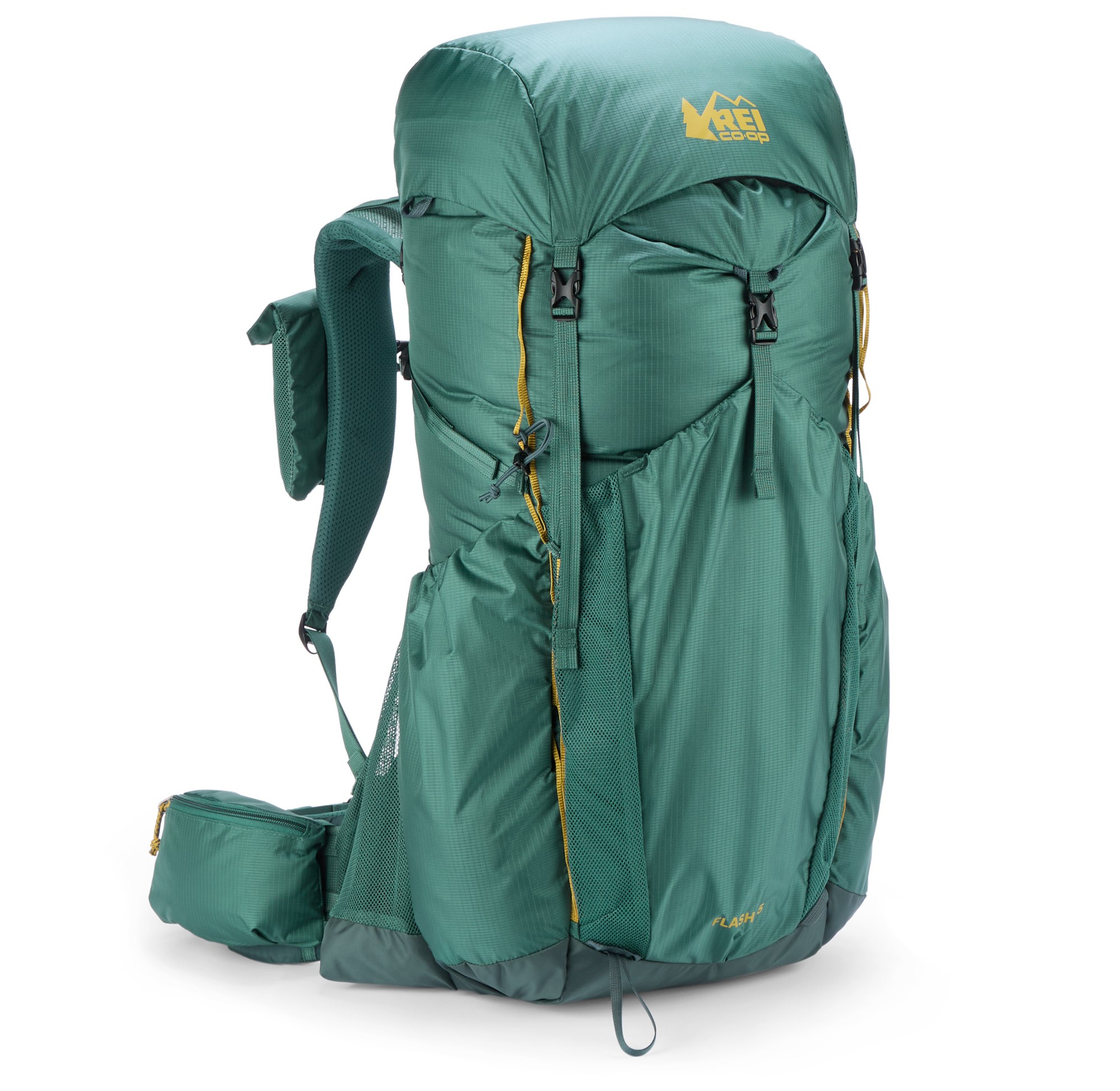
- Flash 55 (14)
8) Granite Gear (16)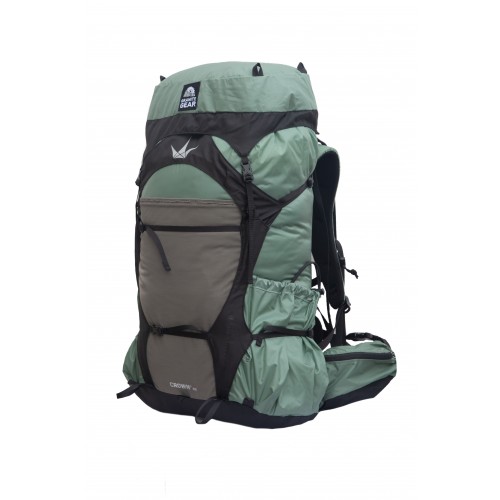
9) Gregory (12)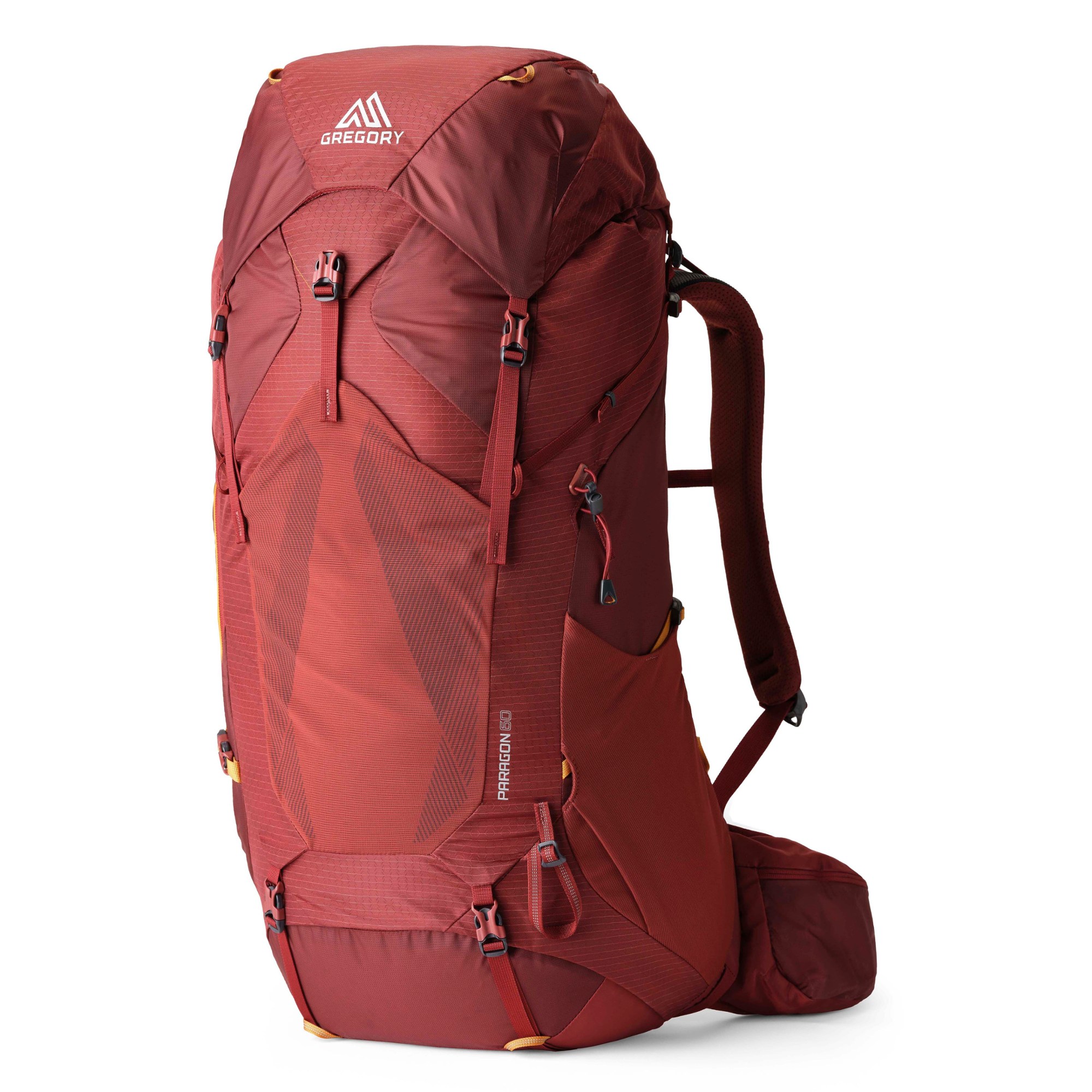
10) LiteAF (9)
Top Backpack Brands on the AT
| Rank | Brand | Responses |
|---|---|---|
| 1 | Osprey | 85 |
| 2 | ULA | 44 |
| 3 | Hyperlite Mountain Gear | 44 |
| 4 | Gossamer Gear | 37 |
| 5 | Durston Gear | 34 |
| 6 | Zpacks | 27 |
| 7 | REI | 19 |
| 8 | Granite Gear | 16 |
| 9 | Gregory | 12 |
| 10 | LiteAF | 9 |
Top Backpack Models on the AT
| Rank | Model | Responses | Satisfaction Rating |
|---|---|---|---|
| 1 | Osprey Exos/Eja | 52 | 7.95 |
| 2 | ULA Circuit | 35 | 8.86 |
| 3 | Durston Gear Kakwa | 34 | 7.95 |
| 4 | Gossamer Gear Mariposa | 25 | 8.68 |
| 5 | Zpacks Arc Haul | 22 | 8.64 |
| 6 | Osprey Atmos/Aura | 21 | 8.71 |
| 7 | Hyperlite Mountain Gear Southwest | 15 | 8.93 |
| 8 | REI Flash 55 | 14 | 8.5 |
| 9 | Hyperlite Mountain Gear Windrider | 11 | 8.45 |
Summary
- Internal frame backpacks are used by the majority of hikers, while 17% of hikers used frameless backpacks, and 5% used external frame backpacks.
- 30% of hikers switched packs at some point, with most switching to a different model. Those who did switch most commonly mentioned poor fit or warranty replacements as the reason.
- The most common capacity for backpacks was 55 – 64 liters for both section and thru-hikers.
- While section and thru-hikers started their hikes with similar average base weights, thru-hikers had a lower average base weight at the end of their hikes, dropping from 20.9 to 17.2 pounds.
- The majority of hikers said their base weight did not change by a lot, with 48% of hikers losing 0-5lbs of base weight and another 20% remaining neutral compared to the start of their hike.
- Trying to lower base weight to 20 pounds or less is a good rule of thumb for those planning a thru-hike.
Thank you!
Congratulations to all the Appalachian Trail hikers this year — and a huge thank you to all of you who took the time to fill out the survey! The upcoming post will cover stoves, rain gear, filters, and more. To stay up to date on the latest survey posts, make sure to subscribe to our newsletter.
Featured image: Graphic design by Chris Helm.
This website contains affiliate links, which means The Trek may receive a percentage of any product or service you purchase using the links in the articles or advertisements. The buyer pays the same price as they would otherwise, and your purchase helps to support The Trek's ongoing goal to serve you quality backpacking advice and information. Thanks for your support!
To learn more, please visit the About This Site page.

